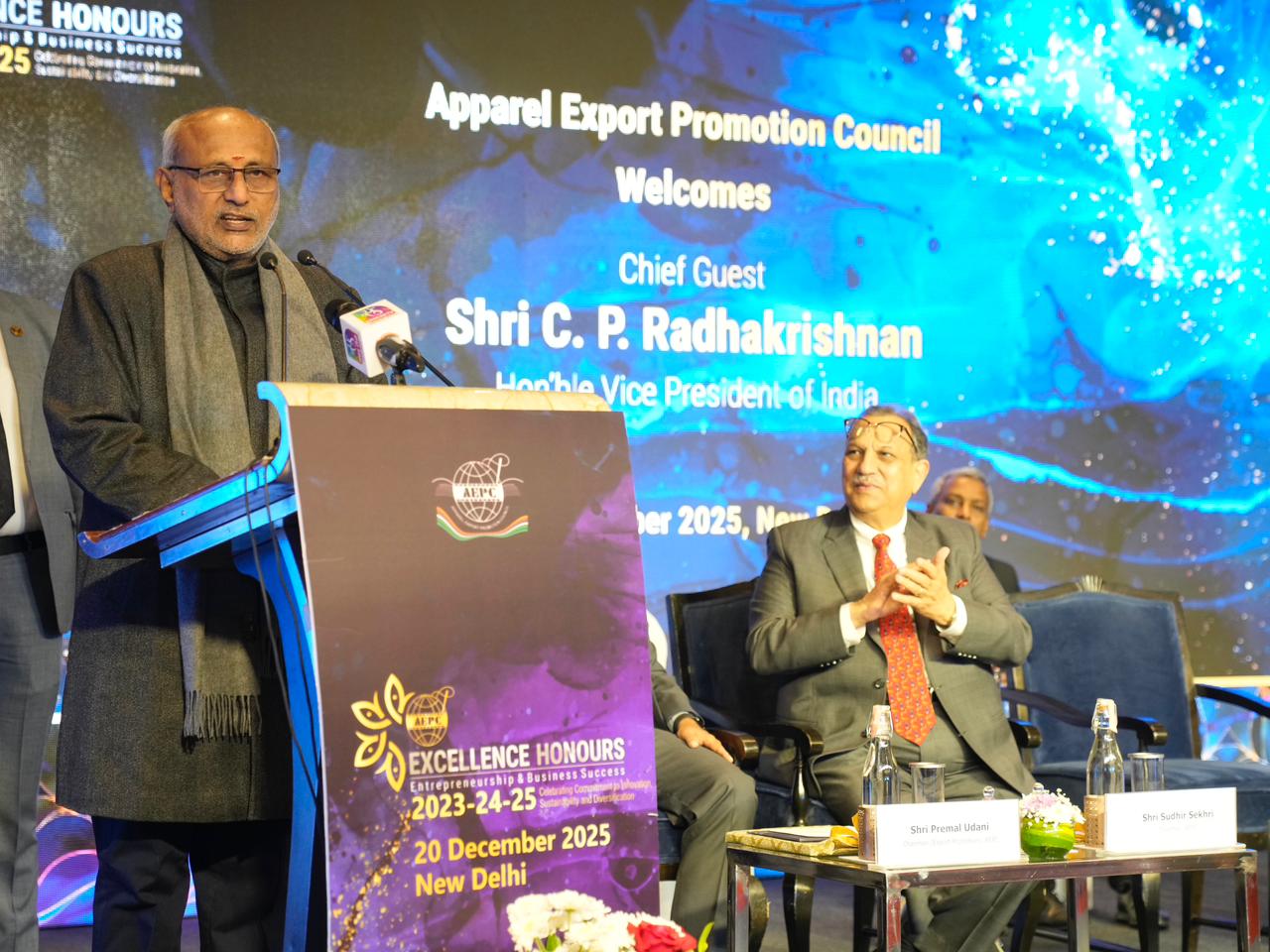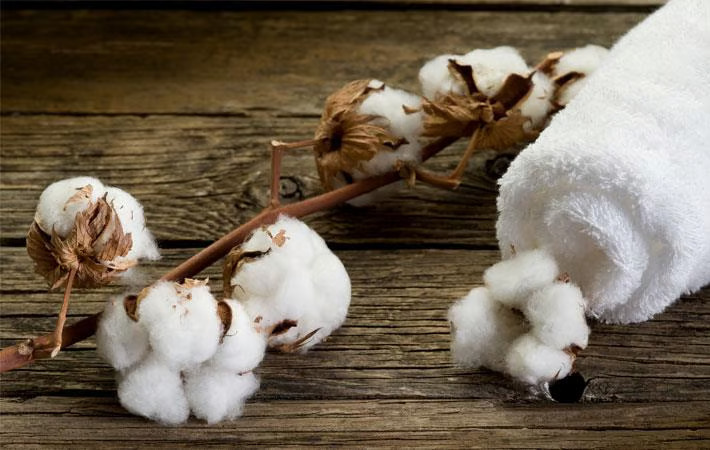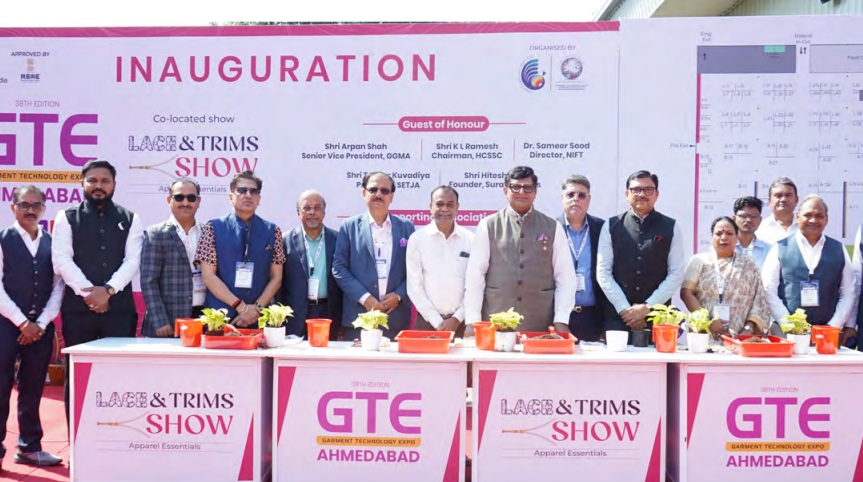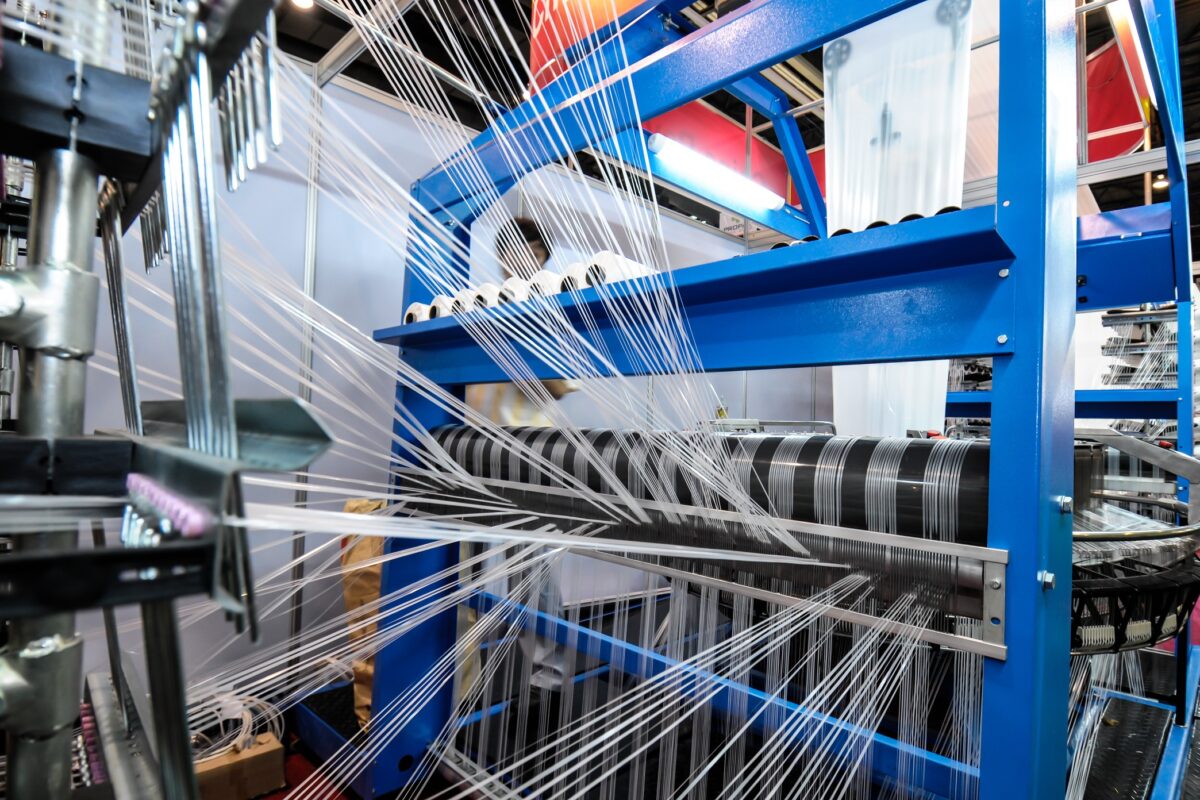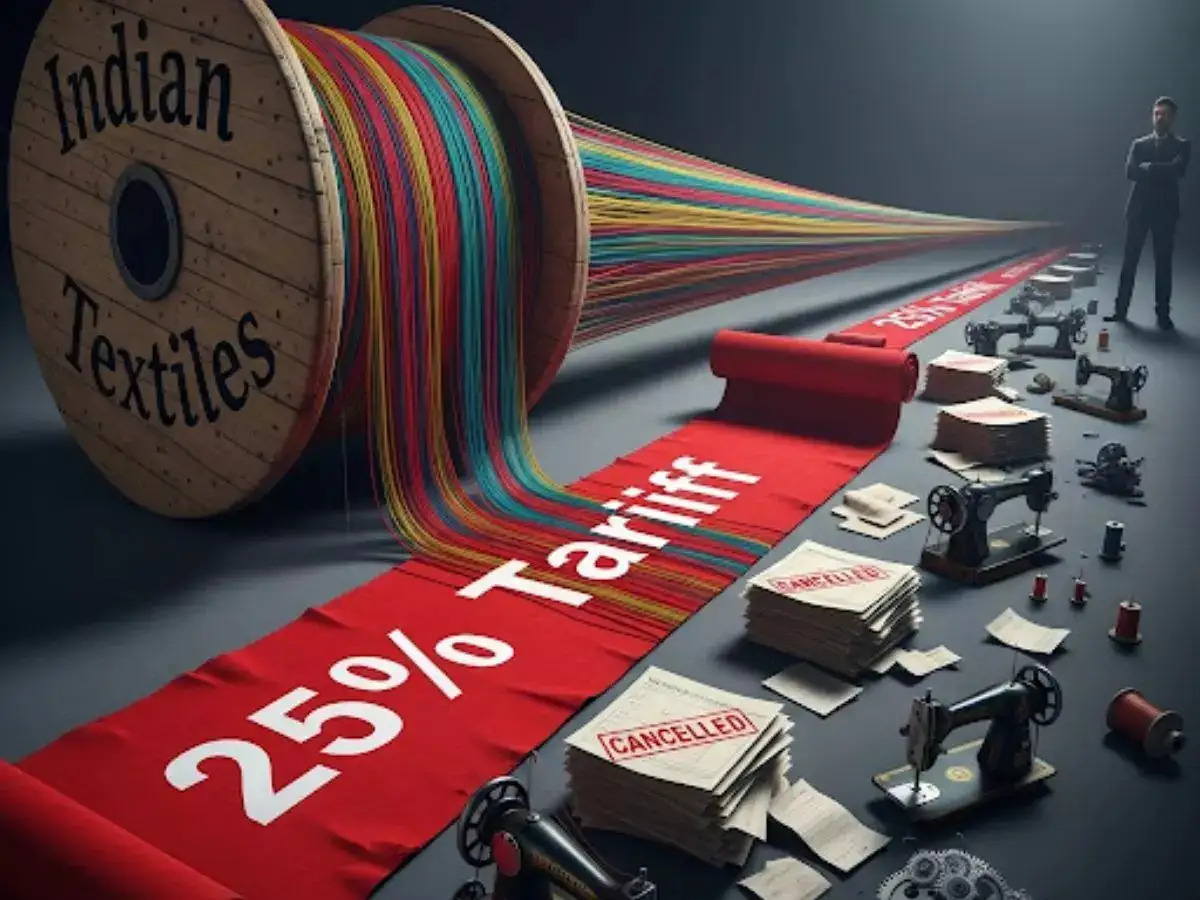FW
Bangladesh's High Commissioner Riaz Hamid-ullah is confident about signing the FTA with Sri Lanka this year. Riaz says, the Bangladeshi ministry is now in discussion with the Ministry of Development Strategies and International Trade. They are now engaged in a joint study to determine the scope, modalities and sectors of the agreement. Once this is done they will develop joint recommendations for the formulation of the agreement. The proposed FTA is largely focused on service sector not goods and targeted at logging into the international supply chain. This should go beyond bilateral trade between the two countries.
The High Commissioner also invited proposals and recommendations for the FTA from the business council. Speaking of development of his country's economy and infrastructure, Hamidullah noted trade with Bangladesh were not limited to its market but connected to global and regional trade. “Bangladesh is becoming more connected in its economic landscape and its physical landscape is also becoming a lot smoother, connecting the country to the regional market,” he added.
The good relations the two countries shared and the facilitation extended to Sri Lankan investors by the different governing authorities has made the country an excellent option for investment-related partnerships. The investment of $100 million by LAUGFS Gas (Bangladesh) in the Mongla Port was testimony to the good investment opportunities present in Bangladesh for Sri Lankan investors, he claimed.
Over the next five years, the Australian apparel and footwear industry is expected to experience strong growth, particularly from sportswear and children’s wear categories. In response to the strong demand for active wear, a growing number of apparel brands have extended their profile to include athleisure.
In 2017, international and local fast fashion brands continued to expand store footprints in areas outside capital cities to capture consumers living in suburban areas. Fast fashion brands in 2017 such as Cotton On and H&M opened 31 and six new outlets respectively.
Athleisure is set to continue to be the driving force in the sportswear category and the growing number of older parents who have greater financial stability and are more willing to purchase high quality clothing for their children will support the children’s wear category. In the apparel, footwear and sportswear category, online retailing is expected to be a key channel in driving sales. Since consumers are accustomed to shopping online through websites and mobile applications, apparel and footwear retailers are expected to offer products in these channels to remain relevant.
A seamless shopping experience between online platforms and physical stores facilitated by mobile applications and services such as same day delivery and click and collect will be new norms rather than differentiators between brands.
Alvanon in partnership with former editor-in-chief of Apparel Monthly, Jenny Liu, has launched The Shanghai Apparel Experience Center (SHAEC), a special industry centre that will connect and bring to market path breaking technologies and sustainable innovations targeted at changing the fashion industry in China and worldwide. SHAEC will display Asia’s most advanced digital fashion and consumer facing innovation. It will provide industry leaders and fashion business professionals in management, design, development, production, supply chain and retail, hands-on access to cutting-edge transformative technologies.
In addition, it will run a programme of professional seminars and workshops targeted at addressing the most challenging issues and opportunities facing the industry. Alvanon founder and CEO Janice Wang says, “By bringing together fashion industry pioneers and China business leaders who have local, regional and global perspectives, the Shanghai Apparel Experience Centre will create a community hub that connects and inspires new ideas and solutions. It will accelerate collaborations and development between the fashion industry and adjacent industries such as digital technology and media.”
SHAECs partner Jenny Liu, who has over 25 years’ media experience, “For a very long time there has been a big gap in the Chinese market between international brands and local know-how, SHAEC will bring the key players together and provide the resources, tools, news and information businesses really need to thrive and succeed in the Chinese and wider global market.”
Li Xin, the China National Garment Association’s deputy secretary general feels to align with China’s expansive One Belt, One Road Initiative, the fashion industry is going through a historical revolution. “We want to build an industry of innovation-driven technology, culture led fashion and responsibly guided sustainability. SHAEC creates a shared space and a new model that drives innovation and development,” Li Xin opines.
"Technology and automation has taken over manual work in the garment industry these days. From harvesting cotton in the farms, to making thread, then weaving it into cloth in looms, followed by the stage of printing, the textile manufacturing cycle has largely been automated in the past two hundred years. Softwear Automation, a company based in Atlanta, US, has built an entire assembly line manned by robots that can pick a piece of garment, arrange it properly and then sew it. This technology is called the sewbot. While picking up a piece of fabric by a robot used to be a big achievement, today it can perform almost each and every task."

Technology and automation has taken over manual work in the garment industry these days. From harvesting cotton in the farms, to making thread, then weaving it into cloth in looms, followed by the stage of printing, the textile manufacturing cycle has largely been automated in the past two hundred years. Softwear Automation, a company based in Atlanta, US, has built an entire assembly line manned by robots that can pick a piece of garment, arrange it properly and then sew it. This technology is called the sewbot. While picking up a piece of fabric by a robot used to be a big achievement, today it can perform almost each and every task.
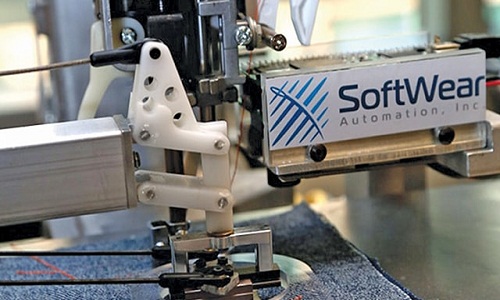
It is a combination of powerful algorithms, fast computing speed and the ever-decreasing cost of technological products. The sewbot work-line robots rely on high speed cameras, which see the individual threads in fabric, pinpointing the exact location where a needle strikes and adjusting the garment accordingly. Softwear Automation believes that this as a disruptive technology, which will have a lasting impact on how apparel, home textiles and garments are made. And it can do that without workers. Palaniswamy Rajan, CEO, Softwear Automation, says its sewbot work-line can produce nearly twice as many finished T-shirts in an eight-hour shift as manual sewing and can running 24 hours a day. It’s 80 per cent more efficient.
Growth momentum
Growth in industrial robot sales is led by Asia. Between 2011 and 2016, robot sales increased on 12 per cent an average. Apart from Softwear Automation, sewbot is also bringing in dynamics shift in the way garments are being manufactured these days. Jon Zornow, founder, sewbo, devised a method to stiffen fabric by using a dissolvable chemical solution. This allows cardboard-like hard patches of material such as denim to be handled by robots. Once sewed, the garment is washed with water without compromising its quality. Zornow’s inspirations stem from 3D printing. The technology also uses water-soluable scaffolding to temporarily support objects as they are being created on the 3D printer. His robots come off the shelf, making it easier for companies to find replacements when needed.
Bringing manufacturing back to the US
Big retailers such as Walmart, which source garments and apparel from developing countries, have to wait months before they can put a new line clothes on the shelf. This is because clothing samples are sent back and forth for approval. Softwear Automation has received funding from Walmart as the retail giant wants to meet demand before fashion wears out. Both Rajan and Zornow are focusing primarily on the US market for their robots. They see a timeline of at least five years for the technology to start making any marked change. Rajan informed that a brand or manufacturer that’s willing to commit can have up to 10 per cent of its manufacturing to the US within five years of setting up a Sewbot factory. However, sewbots are not meant to replace all garment manufacturing. Using automation for high-volume basic apparel enables sewing machine workers to focus more on complex garments, while advancing their skill sets and commanding higher wages all around the world. The shift to e-commerce and on-demand manufacturing makes this even more important.
The prospect of a US-Malaysia bilateral trade agreement continues to be bleak until the Comprehensive and Progressive Agreement for the Trans-Pacific Partnership (CPTPP) is completely adopted. The CPTPP came into force when the US pulled out of the Trans Pacific Partnership. The remaining 11 members of the pact agreed to proceed with the treaty, following the US’ exit. So it is unlikely that a US-Malaysia free trade agreement (FTA) will transpire anytime soon.
A US-included TPP would have provided Malaysia the access to nearly 300 million consumers in America, as well as lower tariffs for Malaysian exports, among other benefits. Lower tariffs and access to US government procurements to increase Malaysian electrical and electronic exports would have also led to tariff savings along with business opportunities.
Malaysia had earlier expressed a disinterest to pursue the TPPA without the US. Now, however, it has become more receptive in proceeding with the multilateral trade agreement, while engaging with the US in a separate dialogue. Malaysia feels a FTA would be vital to elevate trade and investment ties between the two countries and that the TPPA framework, which has been delayed since 2008, could be used as a template to complete the FTA negotiations. The US is Malaysia’s third largest trade partner, behind China and the European Union.
For the fourth quarter of 2017, Puma’s currency adjusted sales rose 14.5 per cent. Gross profit margin improved by 250 basis points to 47.1 per cent. Further improvements in sourcing, higher sales of new products with a higher margin, a higher proportion of own retail sales and selective price adjustments contributed to the margin improvement.
Operating expenses increased by 11.7 per cent. This is mainly due to higher investments in marketing to support both the brand desirability and sales. For the full year currency adjusted sales were up by 15.9 per cent. Gross profit margin increased by 160 basis points to 47.3 per cent. Operating expenses were up by 11.7 per cent.
In fiscal 2017, sales at Puma's own retail operations increased in currency-adjusted terms by 22.9 per cent. The share of total sales was 23.2 per cent compared to 21.9 per cent last year. This growth was achieved by a strong increase in sales on a comparable basis in its own retail stores, an increased number of own retail stores and a strong improvement of the e-commerce business.
Puma had a good year in 2017 and grew 16 per cent. For 2018, the brand expects an increase in sales at constant exchange rates by ten per cent.
An efficiency conundrum hounding the Sri Lankan apparel industry over the past two decades has seen giants such as MAS Holdings giving up on trying to break through the production efficiency barrier to focus on the complete supply chain. In 2018, MAS’ factories are operating at 65 per cent efficiency, which is what they were operating at in 2000.
But technology has enabled production which took six weeks in 2003 to improve to four days today. The duration from purchase order to delivery which was eight weeks in 2003 has fallen to six days in 2018. The sizes of small orders have fallen from 10,000 to as low as 200. Improving efficiency alone has become irrelevant. In order to further minimize waste and speed up delivery times, the firm has adopted other strategies. Lean manufacturing has played a big part in eliminating waste across the value chain and bringing timelines and lead times down.
MAS Holdings has learnt from the automobile industry on how to seamlessly adapt resources to produce differing styles of the same product with minimum waste and delay. Employees on the production floor are now well trained in at least three skills, in order to allow them to rotate and not have production disrupted by absenteeism or skill shortages.
Cashmere World will be held in Hong Kong from March 14 to 16, 2018. The fair, covers the whole supply chain of cashmere from raw materials to yarns to fabrics including scarves, shawls and sweaters. This year, there is a particularly strong presence of companies from Inner Mongolia at Cashmere World.
Key buying offices are regular visitors to Cashmere World as it is the only trade fair dedicated to cashmere and natural fine fibers. These buying offices include such prestigious brands such as Burberry, Hugo Boss, Loro Piana, Armani, Eastmax Fashion among others.
Since trade fairs are not only about buying-selling and sourcing but also an outstanding opportunity to network and get up to date with the latest market, fashion and trend information, two new spaces are being launched this year – Fashion Connect and Cashmere Trend Space. Fashion Connect will allow participants to stay up-to-date with the latest fashion and industry trends and tech innovations. Cashmere Trend Space is a dedicated area featuring upcoming cashmere and fine fiber colors for 2018-19. It illustrates trends through knitwear, cashmere and fine fiber samples chosen from the latest collections of participating Cashmere World exhibitors.
Over 60 Canadian fashion industry companies and brands, especially from Quebec and Montreal, are participating at Magic, Las Vegas which opens from February 12 to 14. Participating companies, ranging from small and medium enterprises to global leaders, intend to benefit from this unique platform to introduce their 2018-19 fall/winter collections, meet with key buyers and develop new business opportunities.
The show will enable foreign buyers to discover Canada’s strengths. During this international show, the fashion industry will increase opportunities to showcase its expertise and creativity, strengthen commercial ties, and develop partnerships. Exhibitors from Canada are present in sections of the show, including women’s wear, men’s wear, footwear, furs and outerwear, denim, intimates, active wear, children’s wear and accessories.
The fashion industry in Québec generates sales worth $8 billion in manufactured goods and in wholesaler-distributor sales. With more than 1,850 players, including manufacturers, retailers, wholesalers, distributors and designers, it is a strategic pillar of Québec's economy, generating more than 83,000 jobs. Montréal’s fashion industry benefits from cultural and linguistic diversity, a quality workforce, a dynamic education system, a strategic geographical position, and a thriving design and creative community that ensures its continued growth.
Magic is the largest fashion marketplace in North America. The event is attracting over 4,000 exhibitors, including all major international fashion brands, and some 58,000 international visitors.
Bangladesh is losing ground in the US with apparel export falling behind Vietnam, and India due to lack of product diversification and rising production cost of local apparel products. The country's exported apparels worth $4.35 billion to the US in the first 10 months (January-October) of the current calendar year, which is 4.93 per cent lower than the value of exports during the corresponding period of the previous year.
As per the US Department of Commerce’s Office of Textiles and Apparel (Otexa), Bangladesh’s export earnings from US saw a 4.46 per cent fall to $5.07 billion in 2017, which was $5.30 billion a year ago. Bangladesh’s market share in US apparel market came down to 6.31 per cent. Apparel import by the US saw a 1.04 per cent rise in volume terms during the January to October 2017 period. US, the largest apparel importer in the world imported 23,109.54 million SME of apparels during the review period as against 22872.37 million SME in the prior-year period.
China, Vietnam, Bangladesh, Indonesia and India were the top five apparel exporters to the US during the first 10 months of 2017. The countries exported apparels worth $ 23.16 billion (down 3.64 per cent), $9.84 billion (up 6.79 per cent), $ 4.35 billion (down 4.93 per cent), $ 3.93 billion (down 2.81 per cent) and $3.22 billion (up 2.06 per cent), respectively.
The cumulative apparel import data of the US will further rise till the end of 2017 as per the projection. Holiday season sales are also expected to surge by 4 per cent this year in the country.


